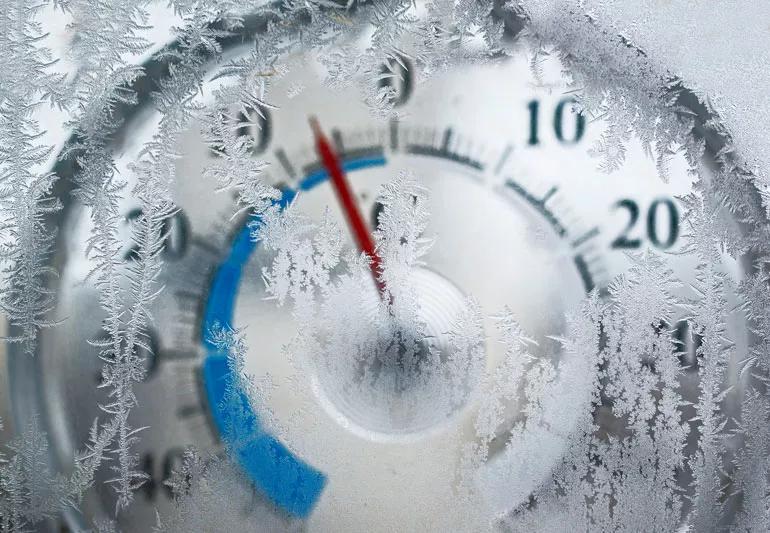Preventing frostbite (and frostnip)

When outside temperatures plummet to sub-zero and wind chills dip into negative numbers, you might be surprised how quickly frostbite can happen.
Advertisement
Cleveland Clinic is a non-profit academic medical center. Advertising on our site helps support our mission. We do not endorse non-Cleveland Clinic products or services. Policy
Emergency room physician Stephen Meldon, MD, says frostbite can occur in as little as in 10 minutes when skin is exposed to temps that are -10 F.
“If people don’t realize how cold it is, frostbite can come faster than they expect,” Dr. Meldon says. “When the temperature is below zero, it is easy to miscalculate how long it is safe to be outside because frostbite can happen so quickly.”
This is why it’s important, Dr. Meldon says, to dress defensively in frigid weather. Now more than ever is the time to rummage through your coat closet and find those gloves, scarves and even potentially that ski mask.
Make sure to cover as much skin as possible and monitor your exposed skin for frostbite, says.
“The medical risk and danger really is exposure,” Dr. Meldon says. “So cover up.”
Frostnip is an early stage of frostbite and it’s actually the most common. Frostnip involves the surface of the skin, usually on the nose, ears, cheeks, fingers and toes. Symptoms are flushed or reddened skin that might be accompanied by a tingling or burning sensation.
Dr. Meldon recommends that you go indoors at the first sign of skin redness or pain to avoid developing full-blown frostbite.
Frostbite is more serious, but it can be reversed without lasting damage if it’s identified early, he says. With frostbite, your skin becomes firm, white and waxy while the tissue beneath remains soft and pliable.
Advertisement
Deep frostbite causes skin discoloration, blisters and flesh that feels extremely thick. Note: This level of frostbite can cause permanent damage. Go to the emergency room immediately.
Frostnip and early frostbite, on the other hand, can be treated at home by submerging the affected skin in warm — but not hot — water. That means a water temperature of about 100 F. (Try gauging it by dipping your elbow in it. The water should feel warm, not hot, to the touch). And importantly: Don’t rub or massage the frostbitten skin.
It might be painful as your skin warms, Dr. Meldon notes. If the pain is extreme, go to the emergency room for medical evaluation.
Advertisement
Learn more about our editorial process.
Advertisement

How to keep kids warm, healthy and safe

Bleeding is a risk and warrants taking care, but the reward of this lifesaving medication is great

Severe and debilitating headaches can affect the quality of your child’s life

With repeat injections over time, you may be able to slow the development of new wrinkles

Although it can be alarming, it’s normal to experience blood clots during menstruation

Type 2 diabetes isn’t inevitable with these dietary changes

Applying a hot or cold compress can help with pain